
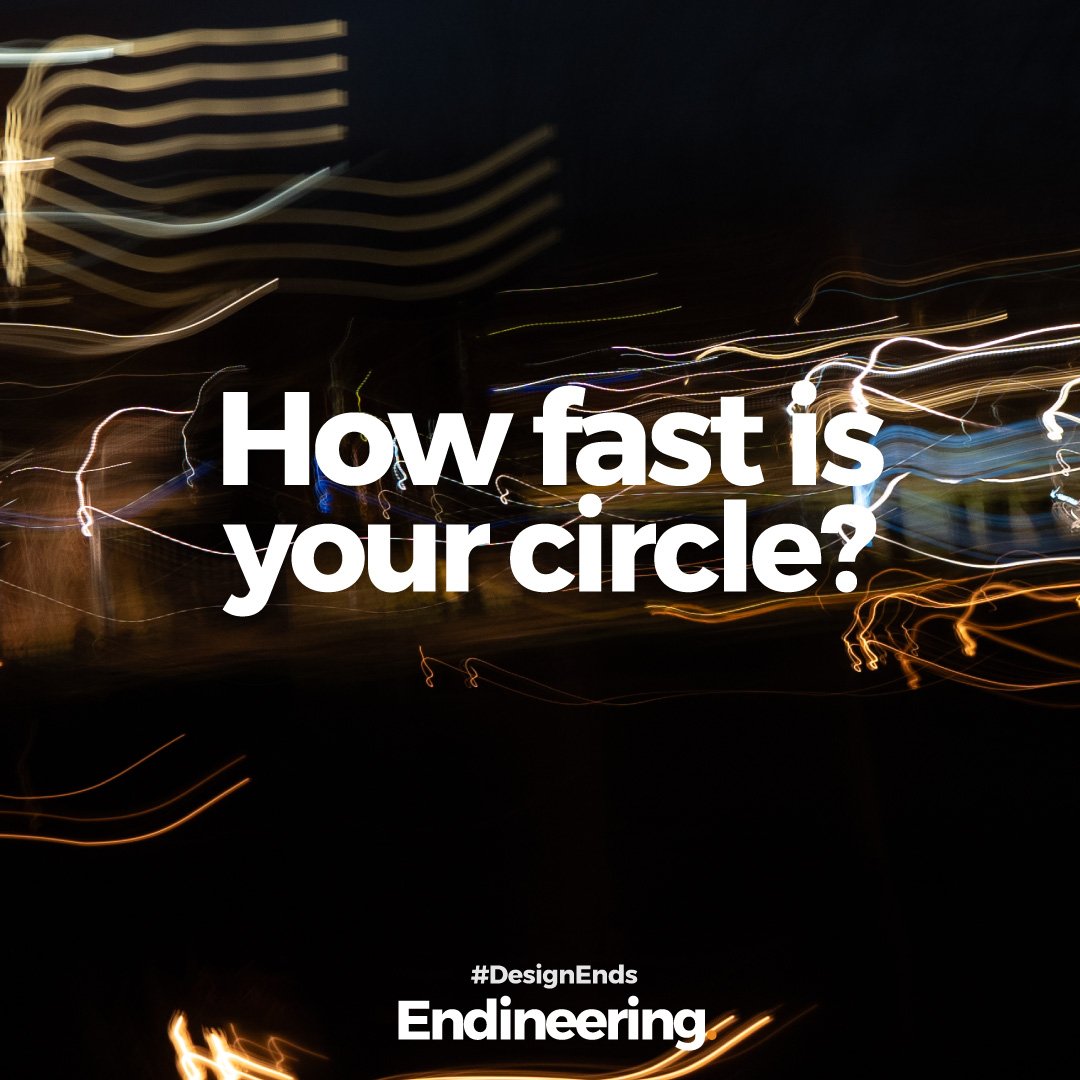
How Fast is Your Circle? Learning from Lean Development
Conventional wisdom suggests making products last longer is always better. While longevity is valuable, learning fast is equally important. Testing circularity in industries with high turnover can provide insights that benefit slower-moving sectors.

Control the End—Because You Can’t Control Anything Else
As a business shipping products worldwide, you face a growing challenge: your customers want clear guidance on how to dispose of products responsibly, yet the rules governing this process are anything but simple.
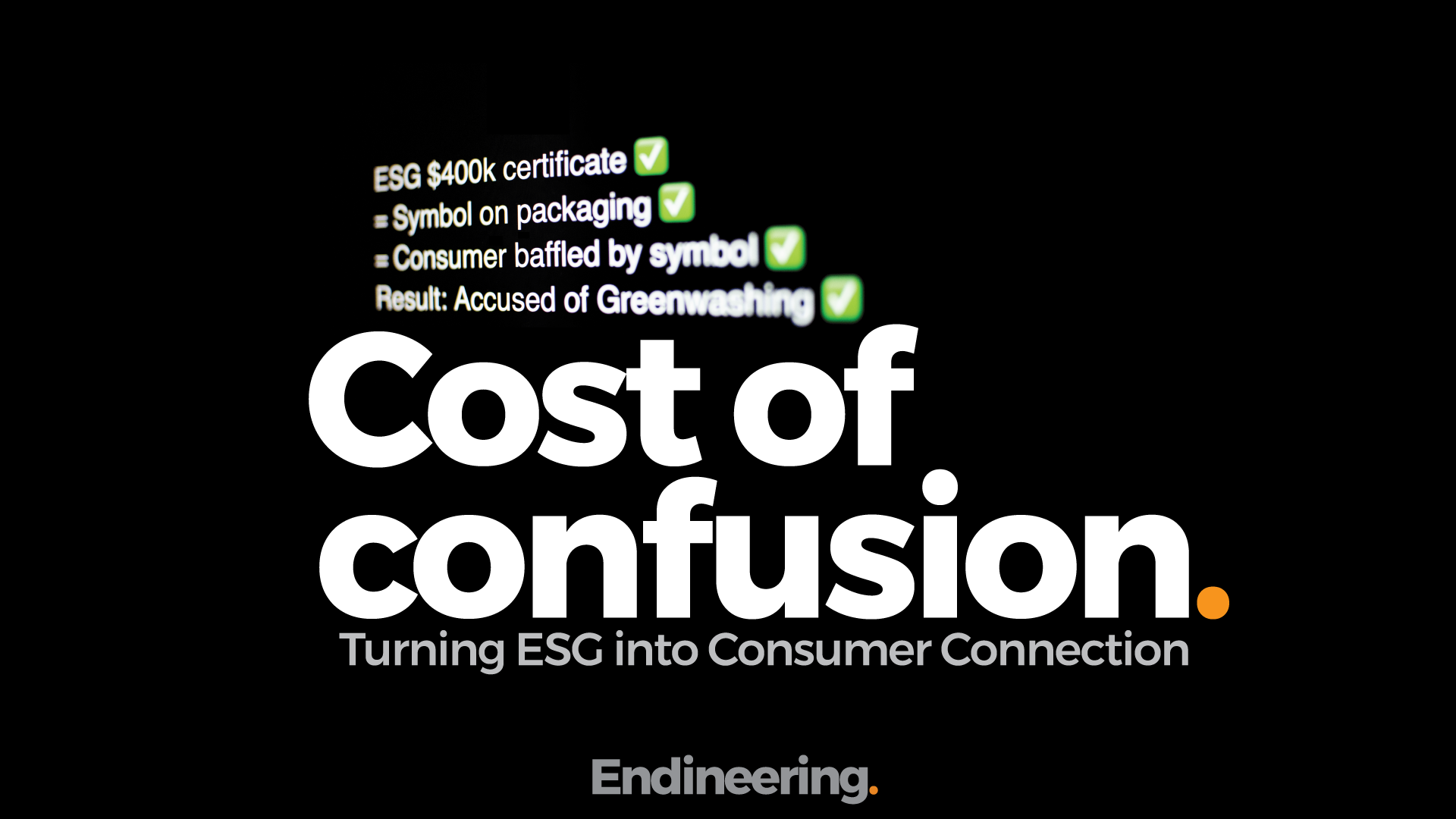
The ROI of Ends: Turning ESG into Consumer Connection
Companies are investing heavily in sustainability, often driven by compliance with environmental, social, and governance (ESG) standards. Publicly listed businesses spend between $220,000 and $480,000 annually on sustainability ratings1. Yet, despite this investment, many fail to communicate these efforts effectively to consumers, relying on symbols and data points that are poorly understood.
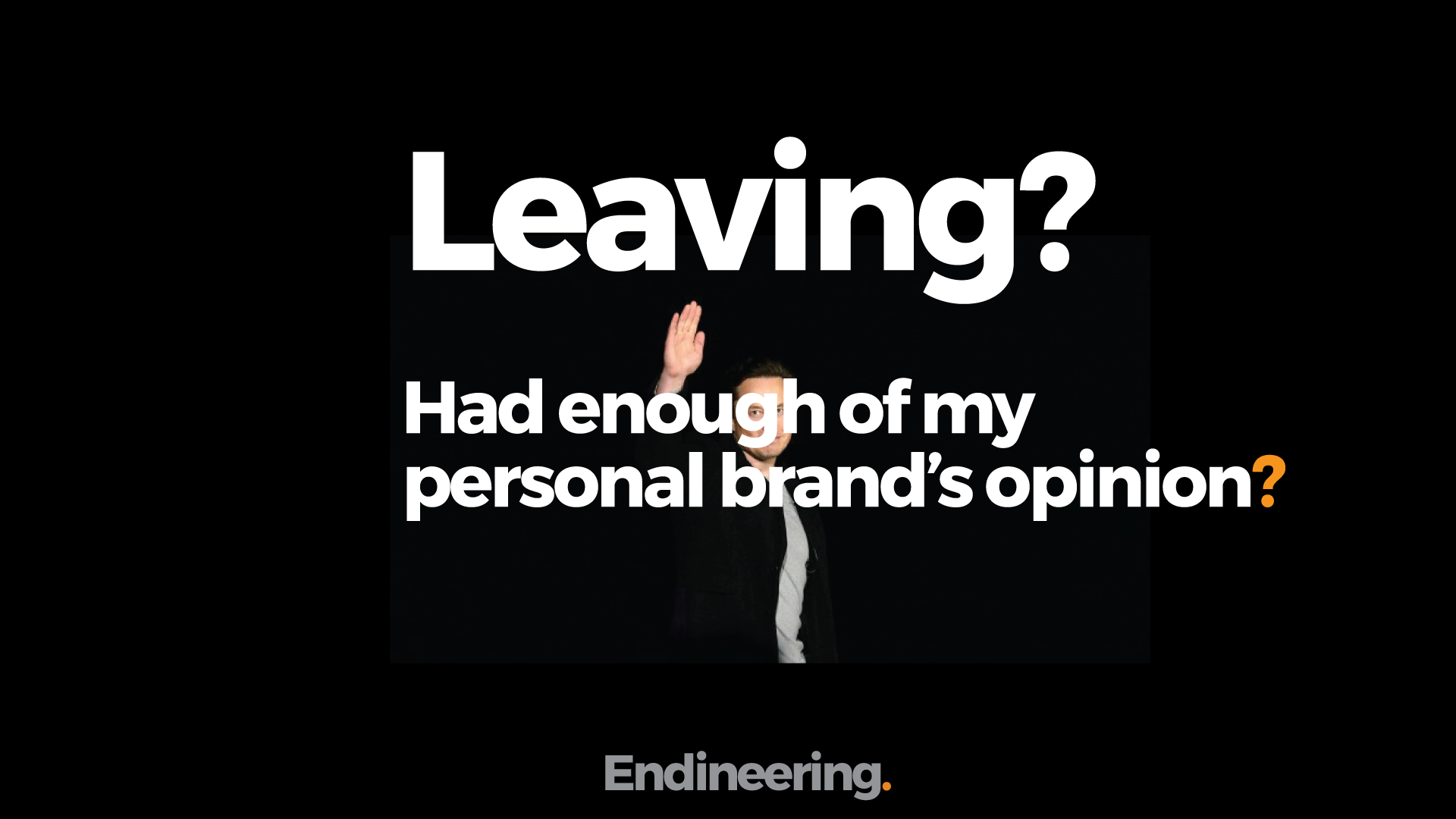
Leaving? Had enough of my personal brands opinion?
It’s not the first time a stupid statement has dissolved a business. And I am sure won’t be the last.
When consumer opinion is confronted with terrible behaviour, their loyalty can shift in a heartbeat. It is a unique kind of challenge: the Cultural Ending. This occurs when consumers’ cultural values, opinions, or tastes no longer align with the brand or product experience. Unlike traditional business challenges, cultural endings are nuanced and unpredictable, making them one of the most complicated and difficult types of endings to design and mitigate.

Trapped in a Holiday: A Cautionary Tale of Bad Endings
Embarking on a new relationship with a brand or product should ideally be an exciting venture, filled with potential and promise. However, what happens when the whispers you hear about these products are laden with tales of regret and entrapment?
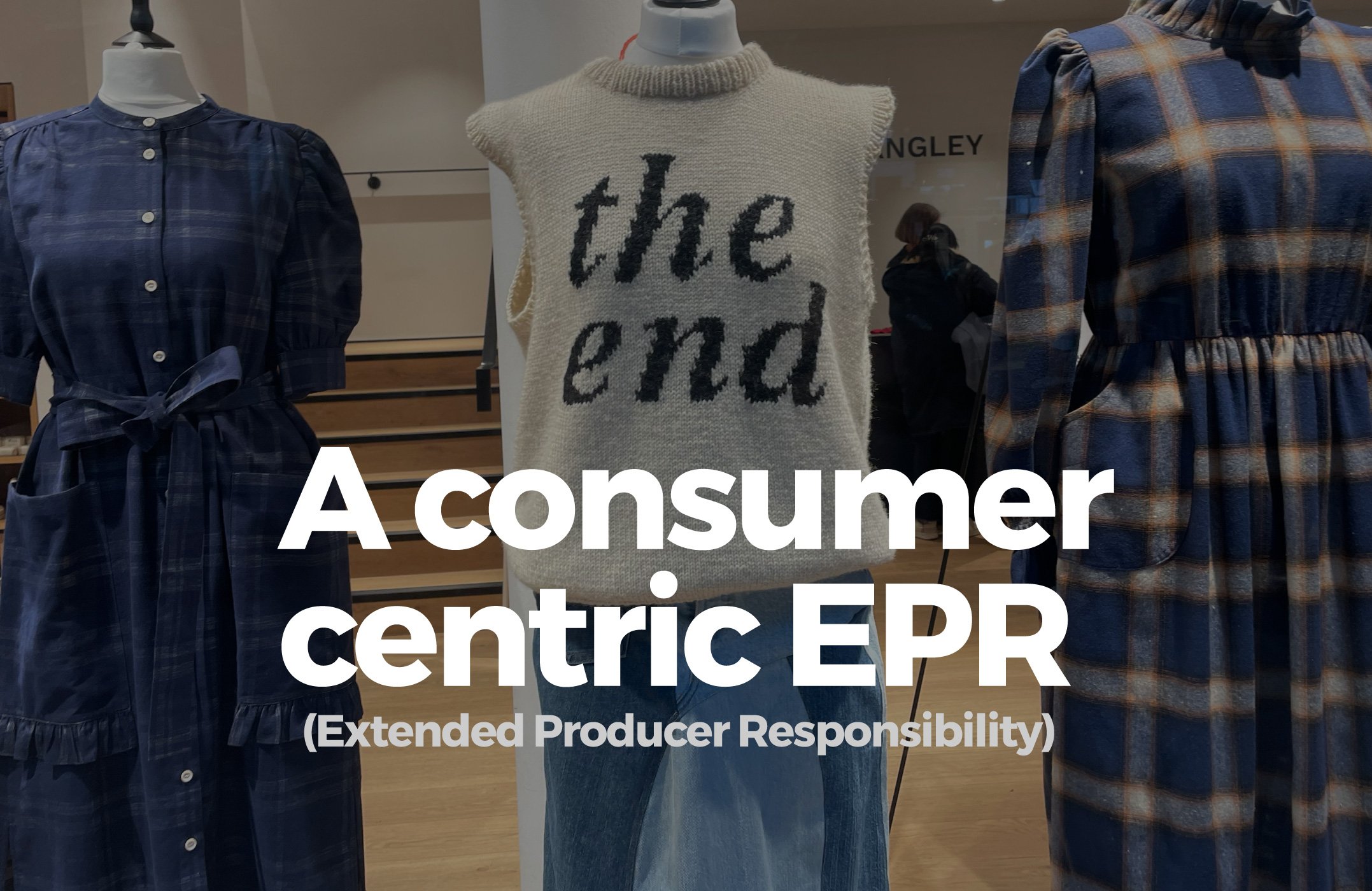
Extended Producer Responsibility: A Consumer-Centric Approach
Extended Producer Responsibility (EPR) is gaining momentum, aiming to shift the burden of waste management from society and the environment back to producers. As this movement gains traction, it's crucial to consider how consumers will experience and engage with EPR initiatives. While many businesses focus on the material outcomes of EPR, such as reducing plastic waste, few are examining how these changes will impact their customers' experiences. Let's explore the various dimensions through which consumers will interact with EPR.
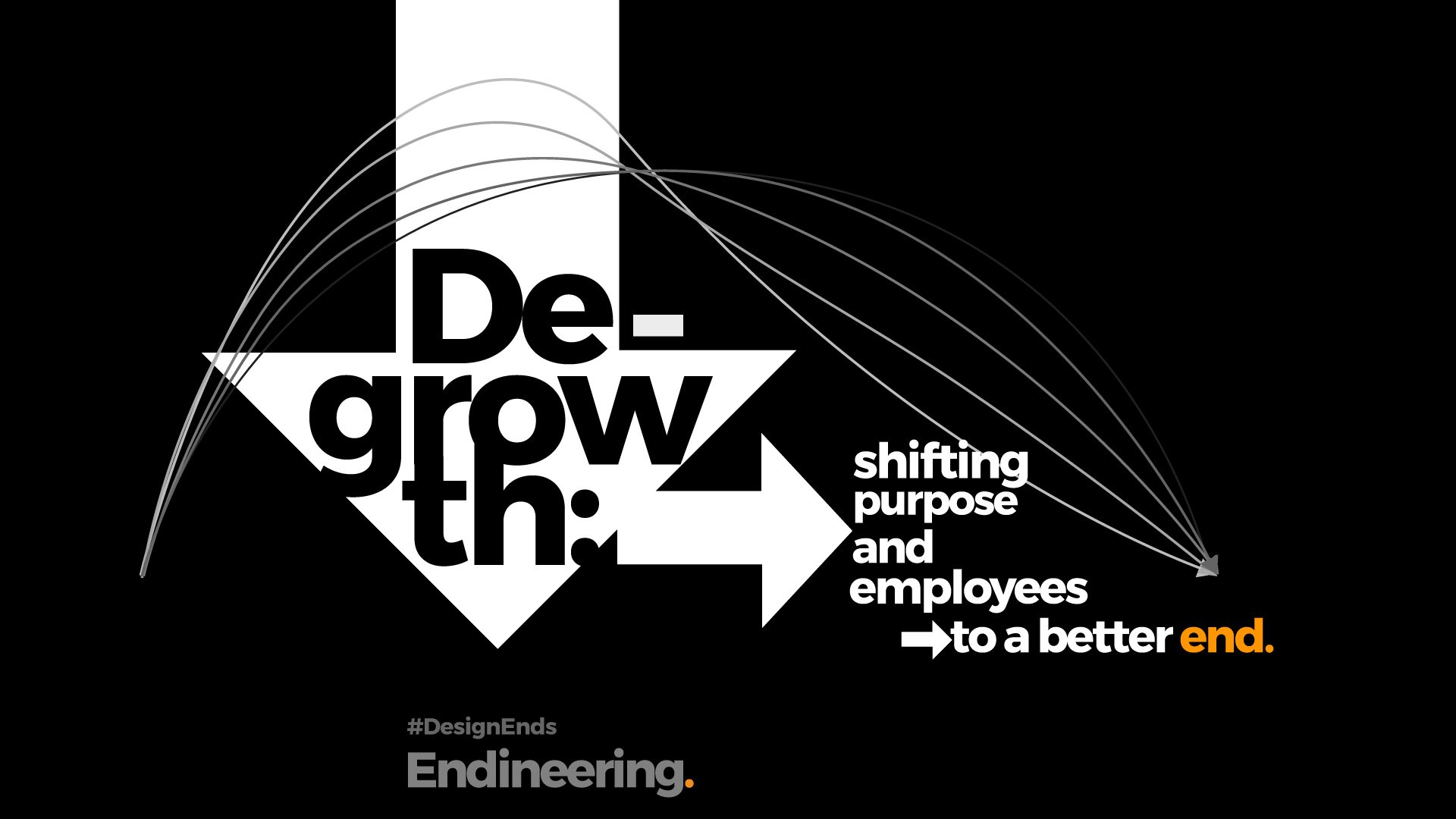
Degrowth: shifting purpose and employees to a better end.
As climate change becomes more real everyday we need to ask harder questions on the norms of our lifestyles. Many people are starting to see the need for degrowth, but business leaders are questioning how they do that and still add value to their consumer product experience. How do we refocus all those businesses to do better and grow less? It’s a big ask.

Bias Benevolence
Charity is said to begin at home, but it might be more accurate to say that it begins with a sale. It’s often at the point of purchase that a consumer finds it easiest to behave benevolently. Can we say the same about the end? Do we care as much about who dismantles our electronics, processes our waste, or recycles our plastic? Or do we find our charities surrendered to a consumption cycle like everything else.

Digital transformation is half done
Many companies are wrangling their businesses on to a digital footing. Some have failed and gone under. Successful ones are celebrating their new found efficiencies, smoothness of customer sign up and integrated logistics. What is common amongst all of them is the sparse attention placed on the end of the customer experience. Why is this a problem?
